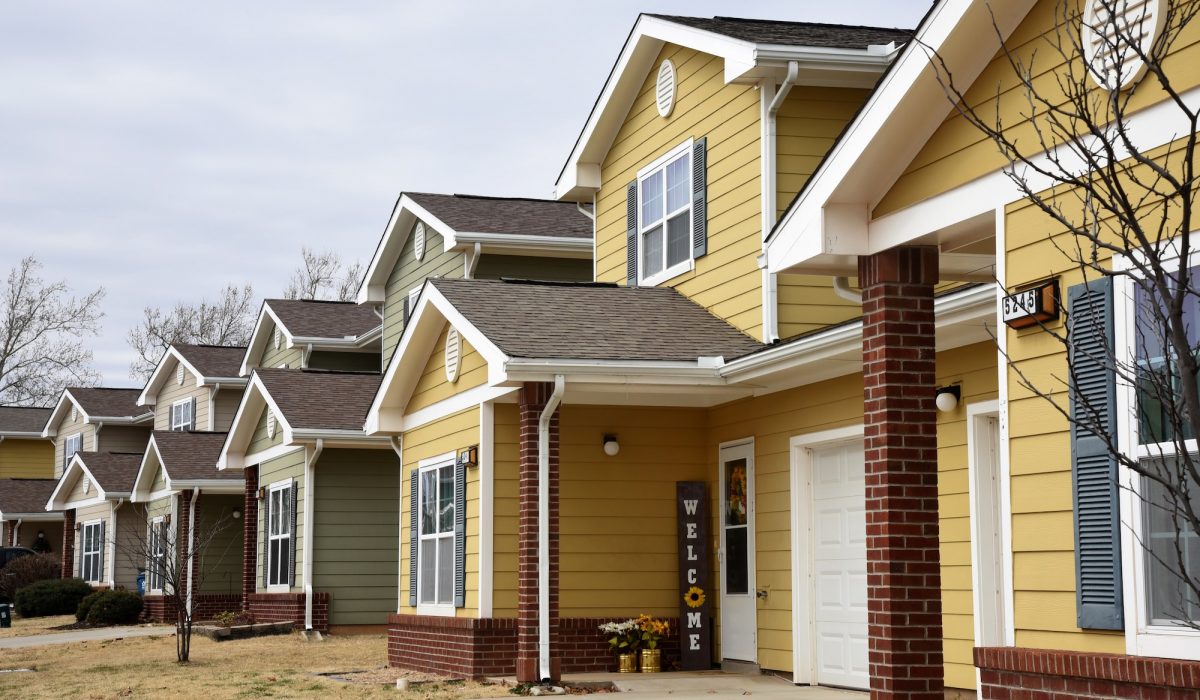I. Introduction
Old prison houses are often plagued with high levels of moisture and dampness, which can lead to structural damage, mold growth, and health hazards. Dehumidification is the most effective way to control humidity in an old building and prevent these issues. In this article, we will provide practical tips and techniques for efficiently dehumidifying an old prison house and maintaining optimal humidity levels.
II. Understanding the Need for Dehumidification in an Old Prison House
Before we delve into the dehumidification process, it is important to understand why it is necessary in an old prison house. High levels of humidity can cause a range of problems, including:
- Structural damage: Moisture can weaken the building's foundation, walls, and roof, leading to cracks, rot, and decay.
- Mold growth: Dampness provides the perfect environment for mold to grow, which can cause respiratory problems, allergies, and other health issues.
- Odor: Musty odors are common in old prison houses with high levels of humidity.
- Insect infestation: Moisture can attract insects such as termites, ants, and roaches, which can cause further damage to the building.
III. Assessing the Level of Humidity in the Building
The first step in dehumidifying an old prison house is to assess the level of humidity in the building. This can be done using a hygrometer, which measures the amount of moisture in the air. The ideal humidity level for an old building is between 30% and 50%. Anything above 60% is considered too high and can lead to the problems mentioned above.
IV. Choosing the Right Dehumidifier
Once you have assessed the level of humidity in the building, the next step is to choose the right dehumidifier. There are several factors to consider when selecting a dehumidifier, including:
- Size: The size of the dehumidifier should be based on the square footage of the area that needs to be dehumidified. A unit that is too small will not be effective, while one that is too large will consume more energy than necessary.
- Type: There are two main types of dehumidifiers - refrigerant and desicc
ant. Refrigerant dehumidifiers work by cooling the air, which causes the moisture to condense and collect in a reservoir. Desiccant dehumidifiers use a material that absorbs moisture and then releases it outside through a vent.
- Energy efficiency: Look for a dehumidifier with an Energy Star label, which means it meets energy efficiency standards set by the U.S. Environmental Protection Agency.
- Noise level: Some dehumidifiers can be loud, so consider the noise level if the unit will be placed in a living area or a bedroom.
V. Installing and Operating the Dehumidifier
Once you have chosen the right dehumidifier, the next step is to install and operate it properly. Here are some tips to keep in mind:
- Place the dehumidifier in a central location in the area that needs to be dehumidified. Keep it away from walls and furniture to ensure proper air circulation.
- Make sure the dehumidifier is plugged into a grounded outlet that can handle the unit's electrical requirements.
- Set the humidity level on the dehumidifier to the ideal range for an old building - between 30% and 50%. Some units have a built-in humidistat that will turn off the unit once the desired humidity level is reached.
- Clean the unit's filter regularly to ensure optimal performance and prevent mold growth.
VI. Additional Tips for Efficient Dehumidification
In addition to using a dehumidifier, there are several other steps you can take to efficiently dehumidify an old prison house:
- Ventilate the building by opening windows and doors when weather permits. This will allow fresh air to circulate and reduce humidity levels.
- Use fans to improve air circulation and reduce moisture buildup.
- Seal any leaks or cracks in the building's foundation, walls, and roof to prevent water from seeping in.
- Fix any plumbing issues, such as leaky pipes or faucets, to prevent excess moisture.
- Avoid drying clothes indoors, as this can add moisture to the air.
VII. Conclusion
Dehumidifying an old prison house is essential to prevent structural damage, mold growth, and health hazards. By following the steps outlined in this article, you can efficiently dehumidify an old building and maintain optimal humidity levels. Remember to assess the level of humidity, choose the right dehumidifier, install and operate it properly, and take additional steps to reduce moisture buildup. With these tips, you can preserve the historic value and integrity of an old prison house for years to come.



